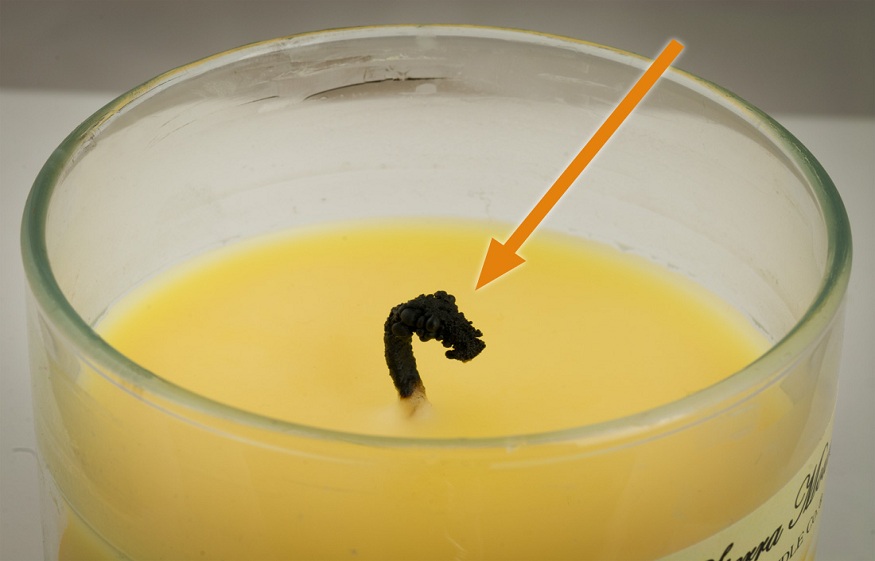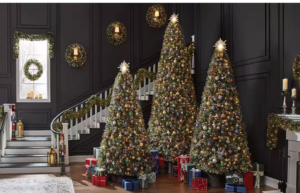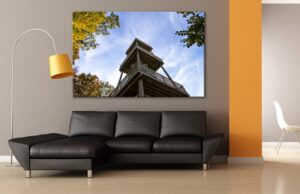It can be a challenging task to make candles by yourself. You’ll be enthralled by the many types, colours, and scents of DIY candles.
The wick is an essential part of making candles. This is something beginners often forget. Many people choose the wick they want without taking into consideration some important factors. This can lead to a poorly lit candle that doesn’t burn well or worse, it could even cause the candle not to burn at all.
Before you choose the right candle wick, there are two things you should know:
- Which wax type are you planning to use?
- How big will your candle be?
Measure the largest part of your mould or jar to determine this measurement.
It doesn’t matter how tall your candle is or how many wax containers you have. Only when the candle’s height is greater than that of a pre-tabbed, wick, does it matter. For lighting, minimum of.25 inches of wick must remain above the candle wax. To create custom wicks for your candles, you’ll need to buy spooled and tabs if your candle is higher than the pre-tabbed heights.
Is Candle Wick Size Important?
Yes, it does matter how big your wick is. Different wick sizes can produce different amounts of heat. A thicker wick will allow more fuel to be drawn into a flame, creating more heat. These wicks work well for candles with larger candles, or candles that are made from harder waxes such as beeswax and other pillar waxes.
Because they don’t provide as much fuel to the flame, thinner wicks won’t burn as hot. These wicks work well for candles with smaller diameters, such as tapers, or candles made from softer waxes such as soy.
How To Select The Perfect Candle Wick?
These are some factors to consider when choosing the right wick for your candle.
The Diameter Of The Candle
Before you choose your wick, the first thing to consider is the size of the candle. You will need a larger wick if your candle’s diameter is large. A larger diameter means that your melt pool will need to be heated to reach the edges of your candle. You will need to either choose a larger or multiple smaller candles to ensure enough heat is available to melt the entire candle’s surface.
Type Of Candle Wax
Your choice of wick will also depend on the wax you use. Different resins have different melting points and densities. This will require different heat levels from your wick to make your candle burn well.
Beeswax is hardy and sticky, making Cotton Braid wicking ideal for candles made with this wax. It is a great choice for waxes with high viscosity when molten due to its unique design and treatment processes. It can be rolled while being burned, which reduces carbon buildup.
Fragrance And Color
When choosing a wick, you will need to take into account the type and amount of fragrance oil or dye you are using.
Candles can burn differently if they are made with scents or dyes not specifically designed for candle-making. Use only oil-based dyes and scents. Your candles’ capillary action can be affected by alcohol-based perfumes, food colouring, crayons and mica, as well as some essential oils.
The way your candle burns can be affected if you add too much fragrance or dye. To ensure the best burning, it is important to test each candle recipe. It is possible that the perfect wick for a particular recipe won’t work in a candle using a different one.




